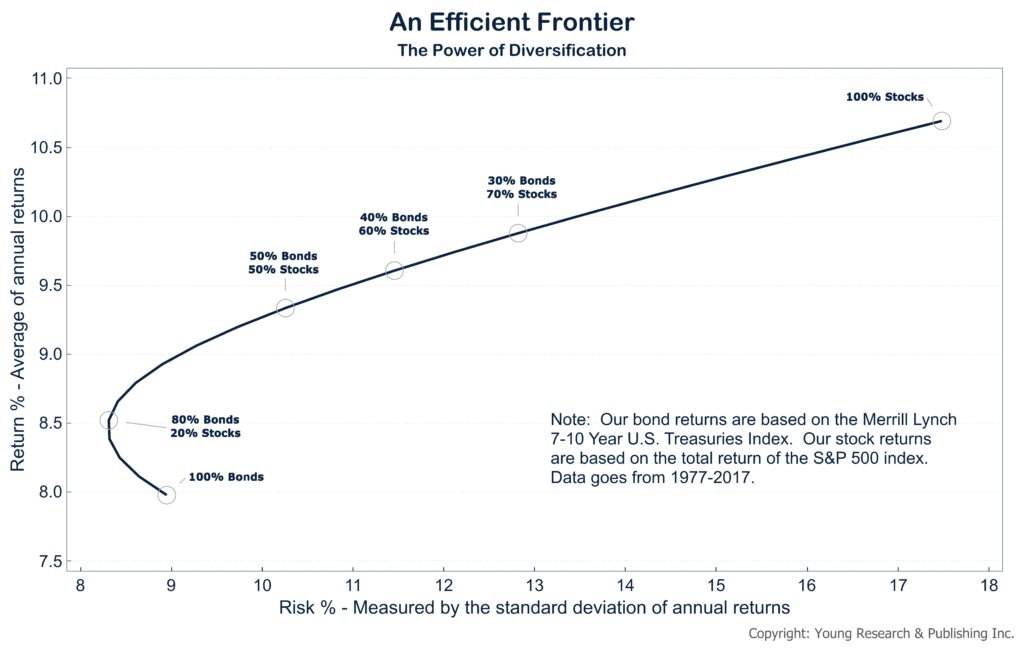I have written many times through the years about the benefits of businesses with high barriers to entry. Those barriers often include protection by government regulations, including rights of way, monopoly power, and intellectual property. In November of 1996 I explained the value of intellectual property and how difficult it is to generate. I wrote:
Have Mercy!…
Back in the spring of 1964, XERF was the most powerful commercial radio station on earth. With a thunderous quarter-million watts of energy pumping from its massive transistor deep in the Mexican Coahuila Desert south of the Texas border of Del Rio, the XERF signal could bounce off the ionosphere on a clear cold night all the way from the Rio Grande to Cleveland, Ohio.
A nighttime spin on an AM radio dial to XERF 1570 brought in the tortured wail of Wolfman Jack. With his patented intro of “Aaaooooooooo…all right, baby, have mercy,” the Wolfman influenced thousands of rhythm-and-blues fans of the sixties, including the creator of Star Wars and American Graffiti—George Lucas.
George Lucas Preceded Star Wars Fame With American Graffiti
Needing a link between the teenagers and music for his groundbreaking movie, American Graffiti, Lucas cast the Wolfman playing himself as that central link. Lucas’ genius of tying together great rock ‘n’ roll music from the fifties and sixties with then-unknown actors (Richard Dreyfuss, Ron Howard, Cindy Williams, Harrison Ford) and their trusted nighttime ally, disc jockey Wolfman Jack, made American Graffiti one of the biggest selling pictures of all time. It stands today as a true American icon.
Intellectual property, like that created by George Lucas and certainly Bob Smith for his long-running “Wolfman Jack” syndicated radio shows, is the stuff that can make for great investing. Intellectual property is not created on an assembly line. Rather, it is crafted one story or image at a time by unique individuals. A company that epitomizes America’s ability to create intellectual property in a seemingly never-ending flow is Disney (NYSE: DIS).
Working in an industry with high barriers to entry allows companies to limit gains of competitors attempting to take market share with identical or only slightly improved products. Many of investors’ favorite companies today are working in industries with very low barriers to entry. If you are investing in companies operating in low-barrier-to-entry industries be sure to account for the additional risk.
